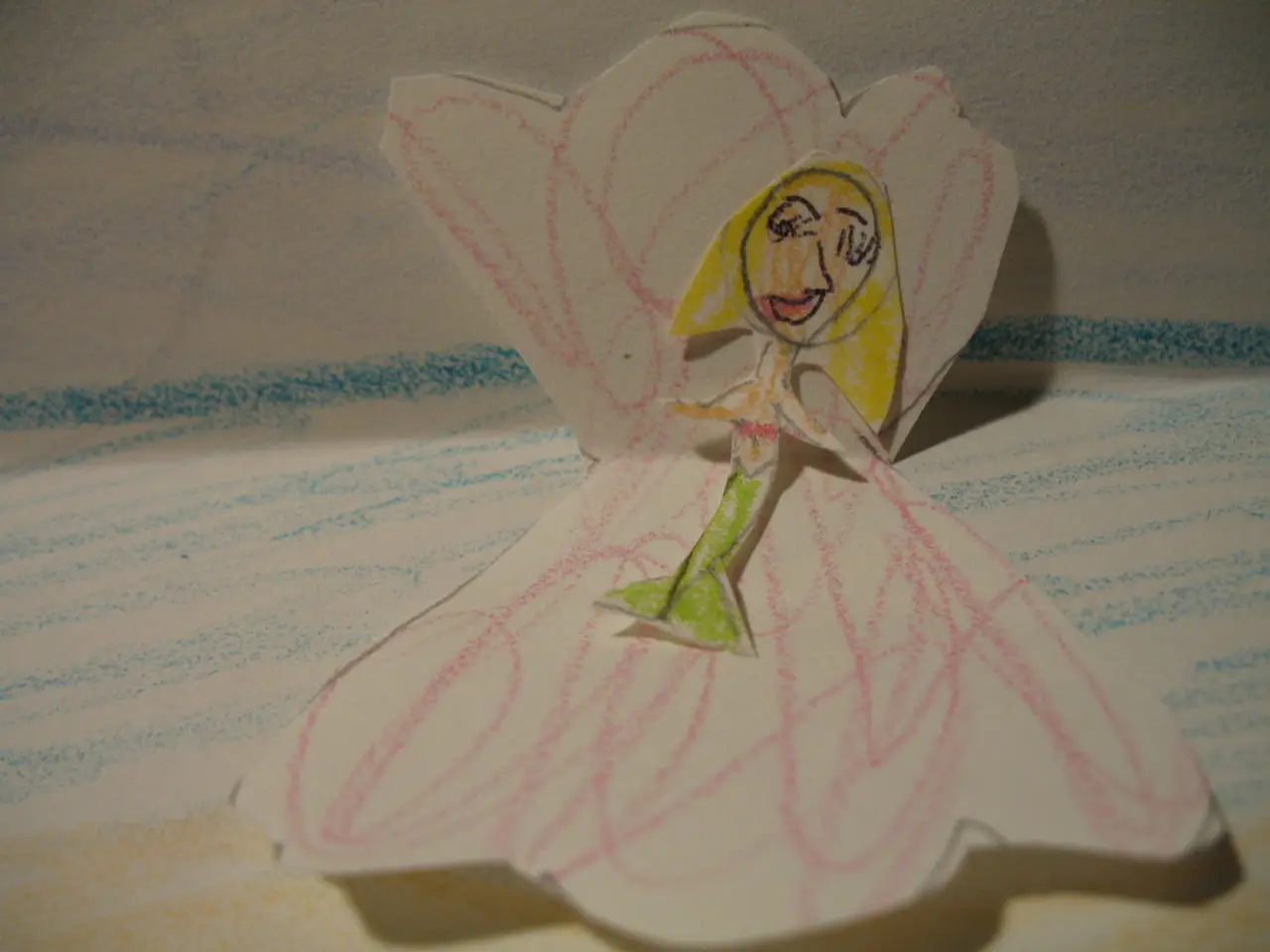Efficient Strategies and Production Processes of External Game Art Studios
In the world of game development, collaborating with an art outsourcing studio can be a game-changer, especially for large-scale projects. Here's an overview of the typical workflow and the essential role of a Style Guide in ensuring a smooth and successful game art outsourcing process.
## Art Outsourcing Workflow
1. **Finding a Partner**: Research potential studios based on their portfolio, testimonials, and past projects. Ensure their style aligns with your vision and they can meet your project's scale and complexity.
2. **Evaluation**: Contact potential partners to discuss budget, project scope, and timelines. Request references or preliminary work to assess their style consistency.
3. **Discussions and Agreement**: Discuss project details, including deadlines and any specific requirements. Establish a contract or agreement, including an NDA to protect intellectual property.
4. **Production**: The studio begins creating game art, following established project guidelines. Key stages include concept art, 2D & 3D modeling, character and environment design, lighting, and effects.
5. **Review and Delivery**: The studio's QA team ensures all art is polished and to the client's specifications. Any necessary changes are made before final delivery.
## Role of a Style Guide
A Style Guide is crucial in ensuring a smooth game art outsourcing process by providing clear, detailed guidelines on the visual identity of the project. It helps both the client and the outsourcing studio to maintain consistency across all art elements, ensuring the final product aligns with the desired aesthetic.
**Key Elements of a Style Guide**:
- **Visual Identity**: Outlines the color palette, textures, and overall visual tone of the game. - **Character and Environment Design**: Specifies character proportions, outfits, and details, as well as environmental settings. - **Lighting and Effects**: Defines lighting styles and effects to create a cohesive atmosphere. - **Consistency Guidelines**: Provides rules to ensure that all art assets are consistent in style throughout the project. - **Feedback Loop**: Encourages iterative feedback to adjust the style guide as needed during production.
By incorporating a comprehensive Style Guide into the workflow, the art outsourcing process becomes more efficient, reducing misunderstandings and ensuring that the final product meets the client's vision. It acts as a shared language between the client and the studio, guiding the production process to achieve a cohesive and engaging game art style.
Before starting work, the game art studio collects as many relevant data on a project as possible. The visual style has been defined, and the first pack of assets ("milestone") has been handed over. The completed art is presented to the client for final approval. If the client is not fully satisfied, specific issues can be discussed and addressed.
Throughout the project, artists stay in touch with the client, and feedback can be provided using a preferred method of communication such as Slack. A mood board is created to present ideas and confirm the interpretation of the client's vision. Internal quality-control routines are applied at all times, with work-in-progress art undergoing multiple internal quality checks by lead artists and the art director before being shown to the client.
Once the client is satisfied, the final assets are exported in the client's preferred format and provided along with the original files. With the price for the entire production pipeline confirmed with the client, the game art studio is now ready to bring the client's project to life. The client can reach out to RocketBrush game art studio through the provided website to discuss the project further.
- In the realm of home improvement, smart-home devices have revolutionized outdoor-living, making it more efficient and comfortable, particularly when it comes to home-and-garden maintenance.
- One can explore various online-education options for self-development, delving into subjects like education-and-self-development, shopping, technology, and gadgets, all from the convenience of one's own home.
- During summer vacation, families can opt for deals-and-discounts on outdoor-living gear, recreating a wonderful lifestyle by indulging in activities like camping, hiking, and barbecuing.
- After a long day, individuals can wind down with their favorite hobbies, such as reading books, playing games, or watching movies, all thanks to the wide array of entertainment options fostered by technology.
- As technology continues to evolve, individuals can stay informed about the latest gadgets and innovations through reliable sources, fostering a deeper understanding of the technology industry.




